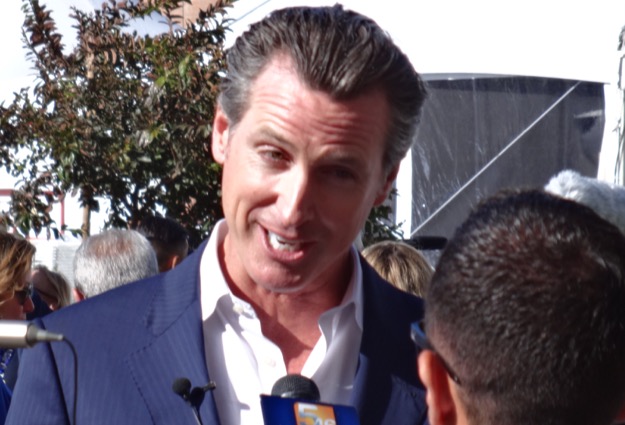
California governor Gavin Newsom finished up work last week with an executive order directing state agencies – at least the ones that report to him – to…
…pursue a minimum broadband speed goal of 100 megabits per second download speed to guide infrastructure investments and program implementation to benefit all Californians.
To achieve that goal…
Within ninety days of the date of this Executive Order, the California Broadband Task Force shall provide a preliminary report to the Office of the Governor that identifies administrative actions that can result in immediate promotion of broadband access and usage within the State.
Oops. I’m sorry. That’s Arnold Schwarzenegger’s 2006 broadband executive order. Newsom’s directive says…
The California Broadband Council is requested to create a new State Broadband Action Plan by December 31, 2020, and to review the plan annually thereafter.
Both Newsom and Schwarzenegger offered a laundry list of instructions to state agencies, intended to bring modern broadband infrastructure and service to Californian communities on the wrong side of the digital divide. But neither governor put any money on the table.
The major difference is that Newsom set a minimum, quantitative standard of 100 Mbps download speed that, by far, exceeds the current 6 Mbps written into state law and the 25 Mbps generally used by federal agencies. It matches the level set by congressional democrats and identified as the minimum necessary for everyday needs by research done by the Monterey Bay Economic Partnership and the Central Coast Broadband Consortium (full disclosure: I helped with that).
100 Mbps download speeds are a good start, but Newsom didn’t set an upload standard. That would have upset lobbyists for cable and telephone companies that insist upload speeds don’t matter, even as upstream traffic has ballooned during the covid–19 emergency.
Or rather, upset them even more: Newsom’s order stands as a rebuke to the industry minions who back assembly bill 570, which began as an attempt to lock the 6 Mbps download standard in legal stone, and has turned into a money grab by those companies, albeit with a nominal (and still woefully slow) 25 Mbps download speed level.
The 100 Mbps download speed standard jibes well with senate bill 1130, however. That bill calls for symmetrical 25 Mbps upload and download speeds, and lays the groundwork for universal fiber deployment. The technologies that can reliably deliver 25 Mbps both ways – fiber or the latest cable modem gear – can also support 100 Mbps down. Telco DSL technology can be stretched to deliver 100 Mbps down, if you live within meters of a fiber node, the lines are well maintained and the system has adequate backhaul to the rest of the Internet.
Those happy circumstances are all but impossible to find in rural California. For that matter, so are cable systems.
